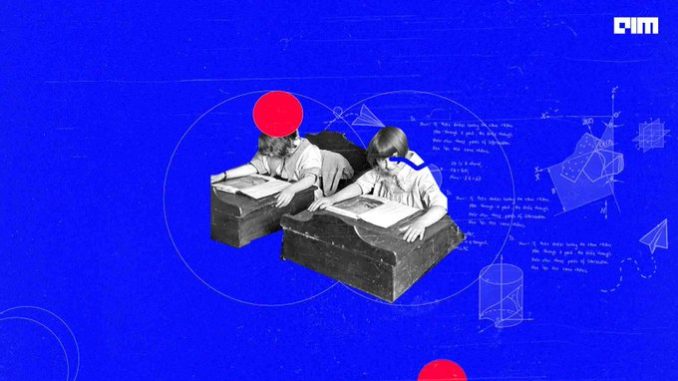
Artificial intelligence (AI) and machine learning (ML) are key drivers of growth and innovation in every industry, and this is no different in the education sector. Artificial Intelligence (AI) has made significant inroads into a wide range of industries since its early days of robots and voice-activated machines. Artificial intelligence has indeed served to amplify the toil of those who put in the hours. This allows educators to focus on developing engaging and challenging curricula while automating much of the back-end support work for them. AI tools have also helped to refocus attention on accessibility. According to the eLearning Industry, as many as 60% of learning management tools will be equipped with AI capabilities in the next five years. While AI-powered solutions have been around for some time, the education technology industry has been slow to adopt them. » Teachers were forced to rely on technology for virtual learning because of the pandemic and when it comes to technology in education, 87% of educators agree to the extent that Artificial intelligence in education can be used to improve educational outcomes. As a starting point, let’s take a look at how these tools are currently being used to support educational institutions’ efforts to make learning more accessible. It’s also critical to begin by asking the appropriate questions. What are some educational applications of artificial intelligence? What aspects of human cognition are being omitted in the development of machine learning algorithms? Is there a way to incorporate AI into educational workflows that is more convenient for students? There are many ways that artificial intelligence (AI) can be used to improve education for both students and teachers.
In what ways AI is being used in the classrooms?
Over the last few years, online education has become more and more commonplace. However, they aren’t the only ones who benefit from technological aid. Anti-plagiarism programs like Grammarly, word tune, and Turnitin have been widely used by instructors for years. Professors don’t want students to be caught plagiarizing each other’s work. To counteract plagiarism, some new teaching technologies are being developed ahead of time. Let’s take a step back and remember that everyone learns differently. Some students learn best through auditory means, and others learn best through reading. Most professors already use presentations and speaking, so readers are left out. Using a voice-to-text program, professors can turn their lectures into a transcript. Students are encouraged to read ahead of time and come prepared with questions, or they can follow along and take notes during the lecture and not just list the lecture verbatim. It’s impossible to overstate how much technology has changed education. Artificial intelligence (AI) can assist in testing in a manner like plagiarism this can be done with the help of natural language processing (NLP). For even more time-saving benefits, you could instead simply insert the scanner into the scanner machine! Educators hope that artificial intelligence in the classroom will make their workdays more efficient while also providing students with timely feedback.
